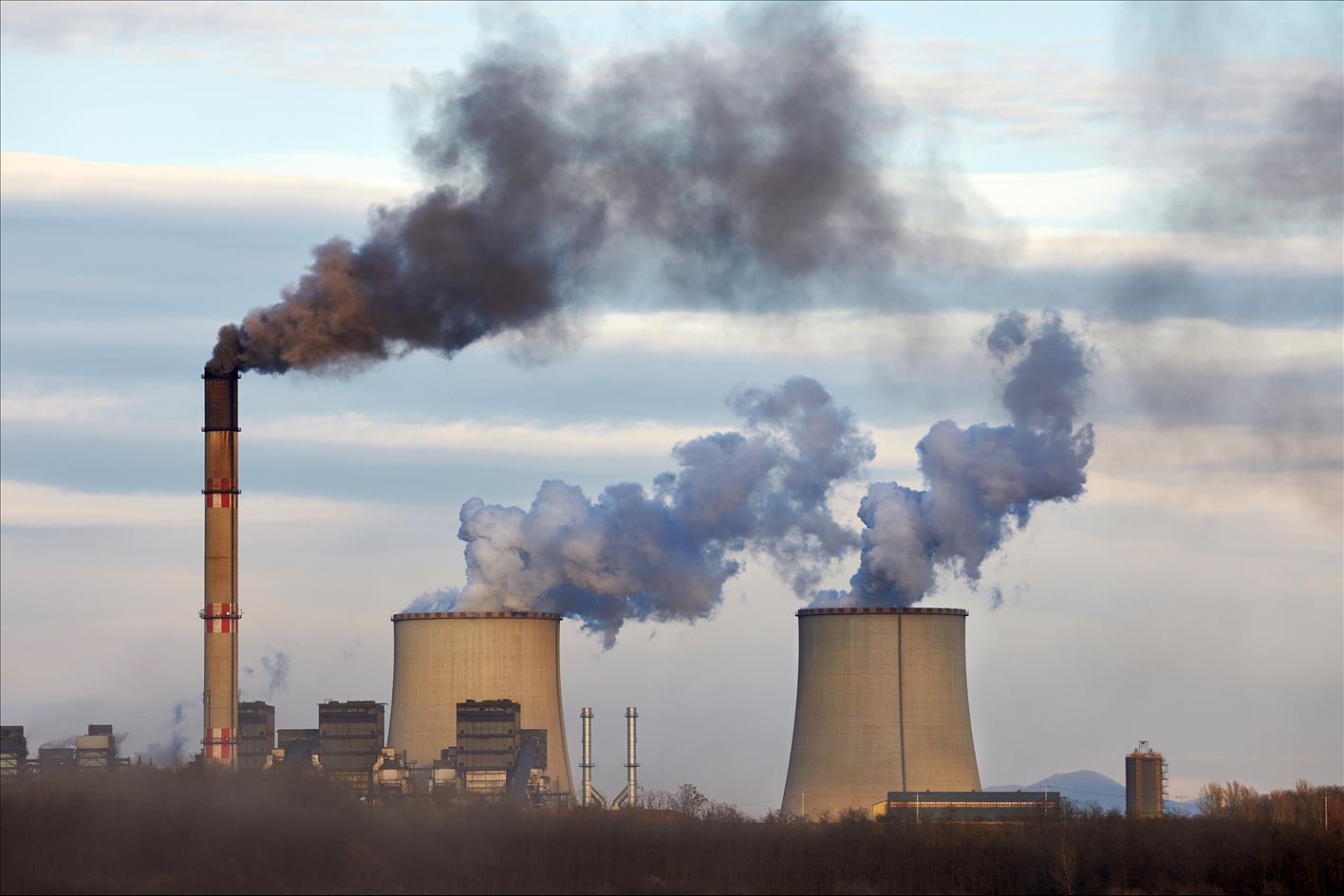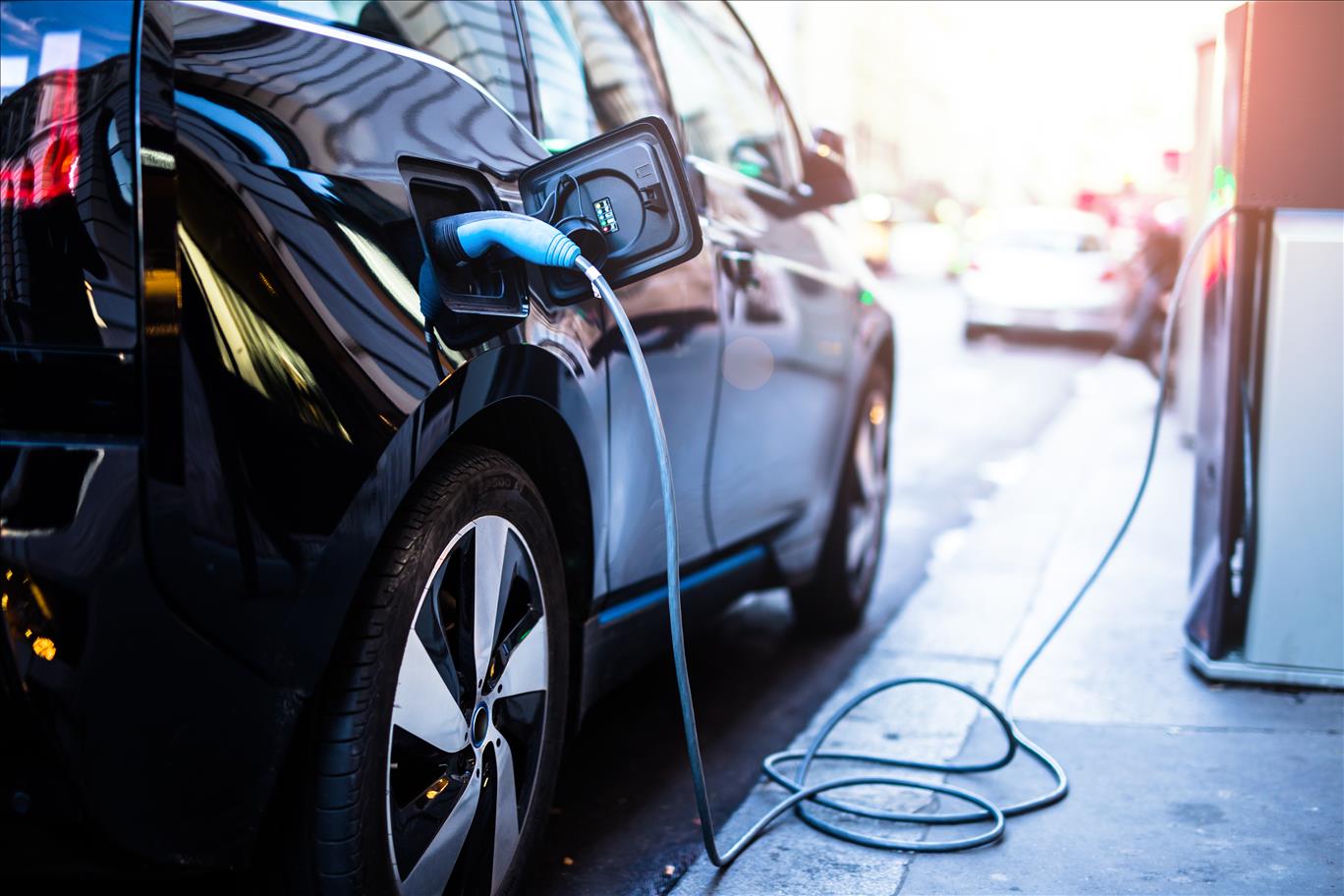Author:
Daniel Sperling
(MENAFN- The Conversation) We asked experts from around the world for their reaction to the outcome of this year's UN climate summit, COP26, including the Glasgow Climate Pact agreed by all 197 countries attending the talks. Here's what they had to say about the deals that were made. (This page will be updated as more reactions come in.)
Deals and targets
A starting point for future action.
The summit was pitched as the last chance to“keep 1.5°C alive” – holding temperatures to less than 1.5°C above their pre-industrial levels. 2020 was also supposed be the year when developed countries would provide at least US$100 billion a year of financial aid to help developing countries adapt to mounting storms and droughts, and the transition to clean energy was supposed to start being rolled out.
Perhaps concerned that national targets collectively were nowhere near good enough to keep 1.5°C alive – we were heading for more like 2.4°C at best – the UK government used its presidency programme to supplement these targets with a series of press-friendly announcements of non-binding pledges to cut methane emissions, end deforestation and phase out coal.
These were further supplemented by the“race to zero” initiatives, a series of announcements by states, cities and businesses on a range of decarbonisation approaches.
While these are genuine attempts at climate action, success hinges on whether these developments can swiftly make into raised national commitments within the next year.
Piers Forster, Professor of Physical Climate Change & Director of the Priestley International Centre for Climate University of Leeds
Greenhouse gas emissions
Progress on cutting emissions, but nowhere near enough.
The Glasgow Climate Pact is incremental progress and not the breakthrough moment needed to curb the worst impacts of climate change. The UK government as host and therefore president of COP26 wanted to“keep 1.5°C alive”, the stronger goal of the Paris Agreement. But at best we can say the goal of limiting global warming to 1.5°C is on life support – it has a pulse but it's nearly dead.
The Paris Agreement says temperatures should be limited to“well below” 2°C above pre-industrial levels, and countries should“pursue efforts” to limit warming to 1.5°C. Before COP26, the world was on track for 2.7°C of warming , based on commitments by countries, and expectation of the changes in technology. Announcements at COP26, including new pledges to cut emissions this decade, by some key countries, have reduced this to a best estimate of 2.4°C .
More countries also announced long-term net zero goals. One of the most important was India's pledge to reach net zero emissions by 2070. Critically, the country said it would get off to a quick start with a massive expansion of renewable energy in the next ten years so that it accounts for 50% of its total usage, reducing its emissions in 2030 by 1 billion tonnes (from a current total of around 2.5 billion).
A world warming by 2.4°C is still clearly very far from 1.5°C . What remains is a near-term emissions gap, as global emissions look likely to flatline this decade rather than showing the sharp cuts necessary to be on the 1.5°C trajectory the pact calls for. There is a gulf between long-term net zero goals and plans to deliver emissions cuts this decade.
Simon Lewis, Professor of Global Change Science at University College London and University of Leeds, and Mark Maslin, Professor of Earth System Science, University College London.
Read more: Five things you need to know about the Glasgow Climate Pact

The Glasgow Pact only agreed to 'phase down' coal. Peter Gudella/Shutterstock Fossil fuel finance
Some progress on ending subsidies, but the final deal fell short.
The most important outcomes from COP26 will be directly related to two“F-words”: finance and fossil fuels. Close attention should be paid to pledges for new finance for mitigation, adaptation, and loss and damage. But we must remember the other side of the equation — the urgent need to cut off funding for fossil fuel projects. As the International Energy Agency made clear earlier this year , there is no room in the 1.5℃ carbon budget for any new investments in fossil fuels.
The commitment from more than 25 countries to shut off new international finance for fossil fuel projects by the end of 2022 is one of the biggest successes to come out of Glasgow. This could shift more than US$24 billion a year of public funds out of fossil fuels and into clean energy.
There was also short-lived hope that the COP decision would call on parties to“accelerate the phasing-out of coal and subsidies for fossil fuels .” According to the United Nations , eliminating all fossil fuel subsidies would reduce global carbon emissions up to 10 per cent by 2030. Sadly before the pact was agreed, the text on coal was watered down , the phrase“phasing out” was replaced with“phasing down”, and the weasel word“inefficient” was inserted before“subsidies for fossil fuels.”
The fact that not even a weak reference to fossil fuels can survive in the decision text speaks volumes about how divorced the COP process is from the realities of the climate crisis. And this is unlikely to change as long as fossil fuel lobbyists are permitted to attend.
Kyla Tienhaara, Canada Research Chair in Economy and Environment, Queen's University, Ontario
Read more: COP26 leaves too many loopholes for the fossil fuel industry. Here are 5 of them
Cities and buildings
Now firmly on the agenda in national plans and global deal.
At the very least COP26 has put the built environment more firmly on the agenda with a full day devoted to it – it only rated half a day at Paris in 2015 and before that had little formal acknowledgement. Given buildings are responsible for 40% of global carbon emissions many argue they should receive even more attention, with the World Green Building Council stating they should be“elevated to a critical climate solution”.
There are now 136 countries that have included buildings as part of their climate action plans (known as NDCs), up from 88 at the last major COP. As NDCs are the legal mechanism COP relies on, that matters.
Local governments are, in general, more engaged with the built environment than national governments. This is where planning and building regulations are approved and development strategies established, which dictate how we build our houses, offices and community facilities. The fact cities create over 70% of energy-related emissions reinforces their importance. So expect local authorities to take a more active role in future.
It is clear that“embodied carbon” and“Scope 3 emissions” will become everyday language for construction pretty quickly, so make sure you learn what they mean.
Away from the formal agenda, the biggest tension was the debate between technology and consumption. Lots of industry groups at COP26 were talking about decarbonising steel and concrete production with new, and as yet unproven, technologies. We do need that, but more importantly we need to change the way we design buildings so they use materials that are intrinsically low-carbon, such as timber, and to consume less resources in general.
But without doubt, the biggest win is the specific reference to energy efficiency in the adopted text of the Glasgow Climate Pact . This is the first time energy efficiency has been explicitly referenced in the COP process, and energy efficiency is the key action where buildings have a disproportionate role in mitigating climate change.
Article 36 calls on governments to“accelerate the development, deployment and dissemination” of actions including“rapidly scaling up” energy efficiency measures. Note the urgency of the language. There is now a legal imperative for all countries to align their building regulations with a low carbon future.
Ran Boydell, Visiting Lecturer in Sustainable Development, Heriot-Watt University
Read more: Embodied carbon: why truly net zero buildings could still be decades away

More than 30 countries have pledged to end sales of internal combustion vehicles. guteksk7/Shutterstock Transportation
Big pledges to boost electric vehicles.
COP26 gave more attention than ever to transportation, with mixed results thanks to the mess of global aspirations and national politics. Transport is the largest emitter of greenhouse gases in many countries and, after renewable electricity, the second most important strategy for reaching net zero emissions.
More than 30 countries and six automakers pledged to end sales of internal combustion vehicles by 2040. The list had some notable no-shows – including the US, Germany, Japan and China, and the two largest automotive companies, Volkswagen and Toyota – but was still impressive. The shift to electric vehicles was already unequivocal. Electric vehicles (EVs) reached 20% of sales in Europe and China in recent months, and both are headed for full electrification of new cars by 2035 or so.
The transition to electric and hydrogen trucks is about to follow a similar path. Fifteen countries agreed to work toward transitioning all new trucks and buses to zero emissions by 2040. California already requires 70% of sales in most truck categories to be zero emissions by 2035 . China is on a similar trajectory . These are non-binding agreements, but they are made easier by the roughly 50% drop in battery costs since the Paris accord.
Aviation is tougher because electrification is currently only possible for short flights and smaller planes. The US, UK and others agreed to promote sustainable aviation fuels . It's a start.
Some lament the focus on EVs further locking in car-centric living. But to reduce greenhouse gases, vehicle electrification (including hydrogen) is the most effective and economic approach to decarbonize transportation – by far.
Daniel Sperling, Founding Director of the Institute of Transportation Studies, University of California-Davis
Read more: COP26: Seven reasons global transport is so hard to decarbonise
Nature
A declaration on deforestation, but it isn't binding
Nature was a big theme at COP26, and the importance of Indigenous peoples' rights and tackling commodity supply chains that drive deforestation were widely recognised across the conference.
Over 135 countries signed a declaration agreeing to halt and reverse forest loss and land degradation by 2030, although Indonesia subsequently backed away from the commitment , underscoring the importance of binding decisions rather than voluntary declarations for important outcomes. Donors pledged US$1.7 billion to support Indigenous peoples and local communities' forest stewardship. Twenty-eight of the largest consumer and producer countries of beef, soy, cocoa and palm oil discussed a roadmap identifying areas of work to tackle deforestation in commodity supply chains.
However, declarations can distract from the negotiated outcomes of the UN process. For nature, an important outcome included in the final Glasgow Climate Pact is that it“emphasizes the importance of protecting, conserving and restoring nature and ecosystems to achieve the Paris Agreement temperature goal, including through forests and other terrestrial and marine ecosystems”.
Such recognition of the role of nature is critical to enhance the inclusion of ecosystem restoration in countries' climate commitments. Yet, nature alone cannot deliver the 1.5°C goal without other efforts, including phasing out coal and fossil fuel subsidies, providing adequate finance to developing countries, and protecting human rights.
Kate Dooley, research fellow in ecosystem-based pathways and climate change, University of Melbourne
Read more: Forests can't handle all the net-zero emissions plans – companies and countries expect nature to offset too much carbon

MENAFN13112021000199003603ID1103163764